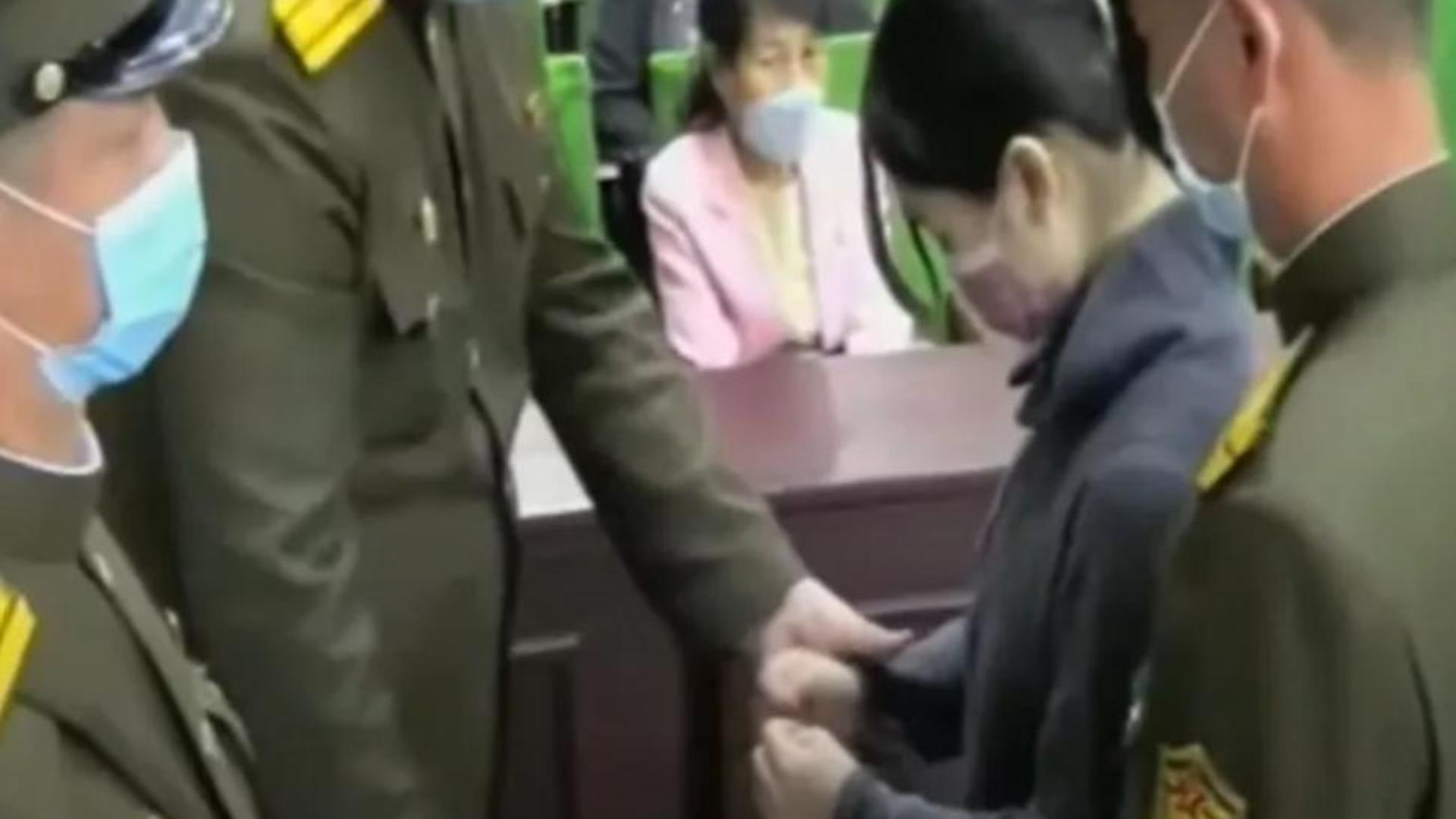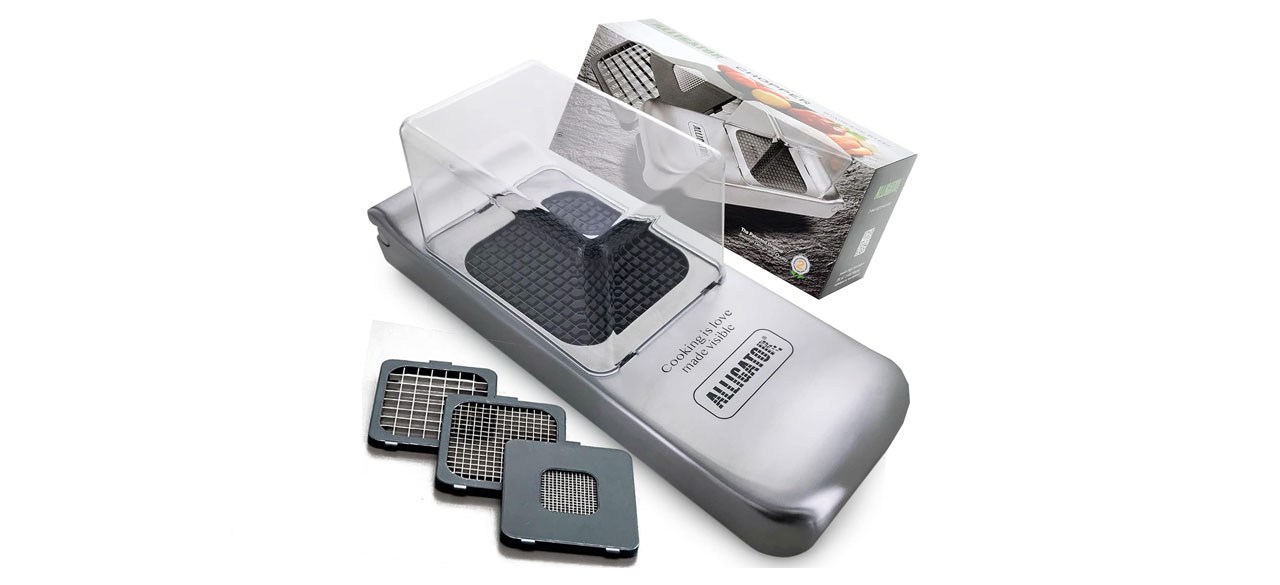Two owls sitting on a key styled to resemble a tree branch, a Korean warrior surrounded by trees and mountains, a map of North America.
These tattoos are on the bodies of employees in the Brea Police Department — and you may catch a glimpse of them.
The department is in a pilot program allowing personnel to show off their body art.
Brea, in 2019, was the first police department in Orange County to allow officers to grow beards — a change that was well-received by the community, Lt. Chris Haddad said.
The next year, several officers expressed an interest in shifting the department’s approach to tattoos as well, to mirror a generational shift — as tattoos had become more prevalent among younger officers than they were 20 years ago. At that point, the tattoos had to be covered while on duty.
“If you go to the doctor, dentist, or Starbucks, everybody under the age of 30 has visible tattoos on their arms,” the lieutenant said. “It’s pretty commonplace in society now.”
That idea was postponed and revisited a few years later, when the pilot program officially went into effect, in August 2023. It continues on, with the goal of getting additional feedback from the Brea community. So far, the vast majority of comments have been positive or indifferent, Haddad added.
“Back in the day, it used to be a negative connotation when someone had a tattoo, like they’re a prisoner or gangster, of that sort,” said Sgt. Edgar Padilla, who is in the traffic division. “But now that’s changed a lot.”
Tattoos are a form of self-expression for Padilla, who was one of the officers who began pushing for the policy change back in 2020. He’s had tattoos for more than a decade, and began getting full sleeves of tattoos on both of his arms in recent years.
The additional body art had required him to wear long sleeves at work, which wasn’t a problem when he was on a motorcycle all day. It eventually became an issue when Padilla worked patrol on hot days, and prompted a discussion about revisiting the idea for a tattoo pilot program.
The other conversation starter?
Disney.
Padilla said he took note after the large corporation adjusted its policy on cast members’ appearances, which allowed for greater flexibility with hairstyles and tattoos.
“That was kind of a turning point of us saying, ‘You know what, if Disney is able to do that, and other agencies are beginning to do that, then why can’t we try it?’ ” Padilla said.
Since the pilot program began, Padilla said, he’s only heard positive comments from people. He said his co-workers are excited about the pilot program, with many saying, “It’s about time something like this happened.”
So far, 11 out of 100 employees in the department have been authorized to show their tattoos. Employees who want to make visible their body art must submit photos of their tattoos and their meanings to the uniform committee for review — eight people from the department, such as dispatchers and officers, including sergeants. They make a recommendation to the uniform commander, a lieutenant.
Tattoos cannot be shown during events such as at pre-planned protests, court proceedings and funerals. Neck, hand, and face tattoos are not allowed. Nor are offensive, inappropriate or group tattoos among employees, including those exhibiting membership to any so-called law-enforcement gang, or anything that conflicts with department policy.
At some point, the chief can decide whether to make the tattoo policy permanent and could modify it.
Some agencies believe visible tattoos are not for them.
The Orange and Los Angeles county sheriff’s departments and the Los Angeles Police Department, for example, prohibit the display of any visible tattoo while on duty.
If the pilot program does become a new, permanent policy, the Brea Police Department would join other local police agencies that allow visible tattoos, including those in Huntington Beach, Westminster, La Habra and Placentia.
“The old ways of doing things is changing,” Placentia Sgt. Joe Connell said, whose department changed its visible-tattoo policy several years ago. “The stigma of tattoos is not the same, people look at it differently now.”
After Riverside County Sheriff Chad Bianco was elected in 2016, deputies received new uniforms, and they were allowed to grow beards, show off their tattoos and even don cowboy hats. The transition made deputies more comfortable and helped boost morale, he said.
“We were operating in the ’80s, in our policies and the way we do things,” Bianco said. “The culture of tattoos has evolved into something different than when these agencies that don’t allow tattoos came up with their policies. They’re 30, 40, 50 years old.”
Forcing a deputy to hide tattoos and wear a long-sleeve shirt in 100-degree weather is “silly,” the sheriff said. The only negative feedback received around the updated policies were from “disgruntled” retired law enforcement officers, who viewed the change as “unprofessional,” he added.
“Markings on your skin have absolutely nothing to do with your attitude, your application of service, your helpfulness,” Bianco said. “It’s a bad argument.”
Related Articles
Woman suspected of assaulting fire personnel, crashing into fire and police vehicles in Gardena
Canyon fire burns 16 acres near the Sunland area
Man arrested at LAX, suspected of sexually exploiting girl he met on Roblox
Driver who allegedly killed woman crossing the street in North Hollywood is arrested
How to respond during an active shooter situation: ‘run, hide, fight’

























